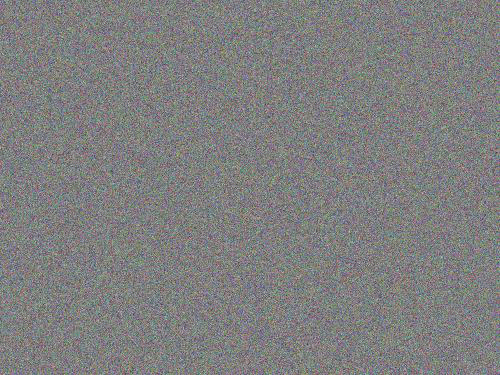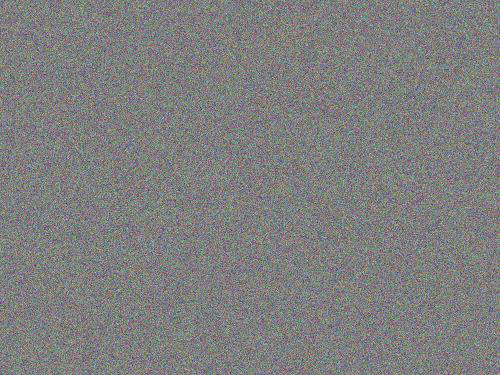I found a project that used Inception v1 for style transfer:
If you look at the source, you can see that he tried to choose the best layers for content+style in the respective models.
# weights for the individual models
# assume that corresponding layers' top blob matches its name
VGG19_WEIGHTS = {"content": {"conv4_2": 1},
"style": {"conv1_1": 0.2,
"conv2_1": 0.2,
"conv3_1": 0.2,
"conv4_1": 0.2,
"conv5_1": 0.2}}
VGG16_WEIGHTS = {"content": {"conv4_2": 1},
"style": {"conv1_1": 0.2,
"conv2_1": 0.2,
"conv3_1": 0.2,
"conv4_1": 0.2,
"conv5_1": 0.2}}
GOOGLENET_WEIGHTS = {"content": {"conv2/3x3": 2e-4,
"inception_3a/output": 1-2e-4},
"style": {"conv1/7x7_s2": 0.2,
"conv2/3x3": 0.2,
"inception_3a/output": 0.2,
"inception_4a/output": 0.2,
"inception_5a/output": 0.2}}
CAFFENET_WEIGHTS = {"content": {"conv4": 1},
"style": {"conv1": 0.2,
"conv2": 0.2,
"conv3": 0.2,
"conv4": 0.2,
"conv5": 0.2}}
I’ve run this project in the past and the generated content is distinctive between VGG and Inception v1.
 It would be great to build on top of this to do a rigorous analysis of these different models for style transfer, because I don’t believe this has as yet been studied in the research literature! Perhaps you could start the ball rolling by pasting examples using each model here so we can see some of the differences?..
It would be great to build on top of this to do a rigorous analysis of these different models for style transfer, because I don’t believe this has as yet been studied in the research literature! Perhaps you could start the ball rolling by pasting examples using each model here so we can see some of the differences?..
